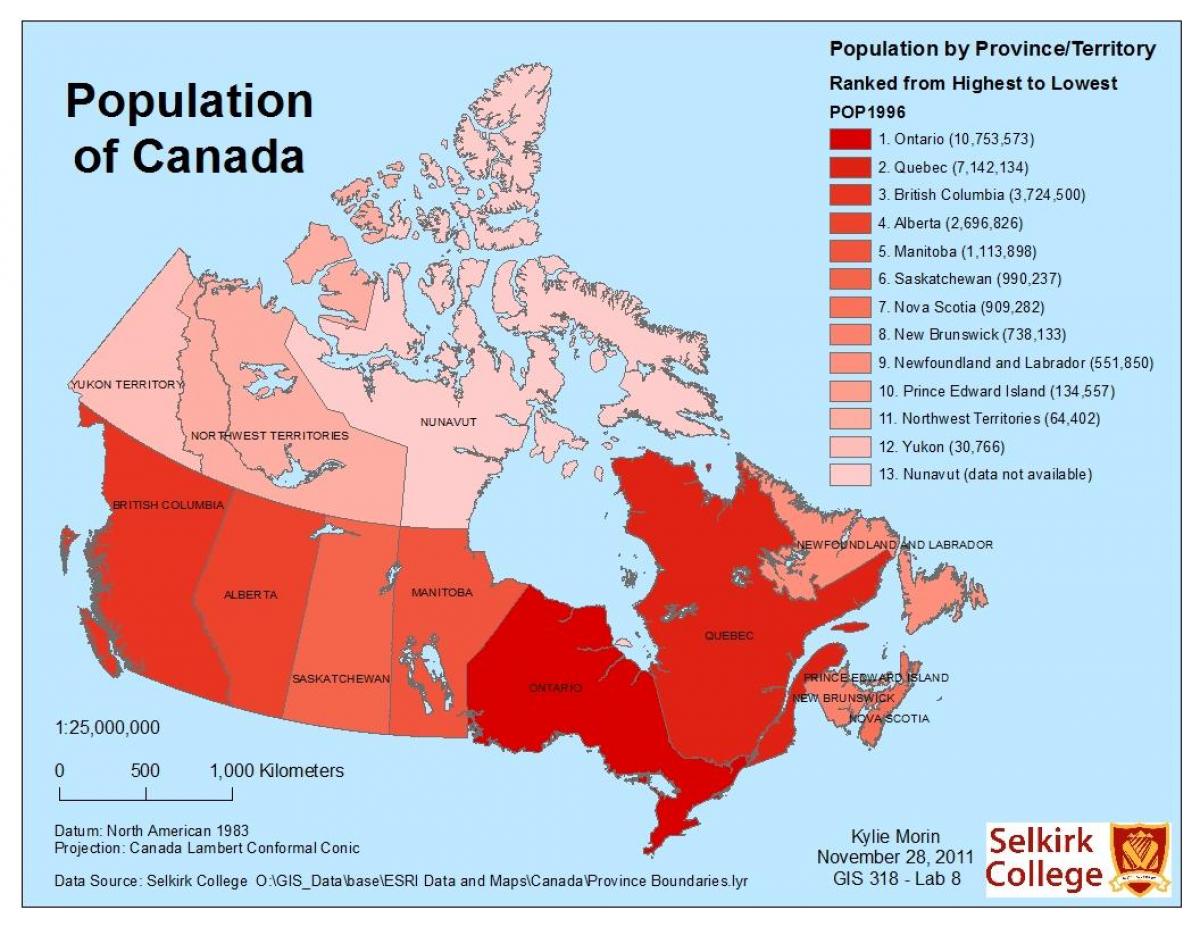Why Most Canadians Live in Population Clusters Along Major Trade Routes
Canada has a population of over 38 million people spread across its vast 9.9 million square kilometers of land. However, the population is not evenly distributed. The vast majority of Canadians live clustered in major cities along historic trade routes that first enabled settlement andcommerce. This article explores the geographic factors that influenced where population centers emerged and why most Canadians continue to live in these areas today.
The St. Lawrence Seaway and the Populating of Central Canada
One of the earliest and most important trade routes in Canada was the St. Lawrence River. As a navigable inland waterway, it allowed seafaring ships to penetrate deep into the North American interior. The first towns and cities emerged all along the St. Lawrence, connecting Quebec City inland to the heart of Ontario. Even today, the populations of Montreal and Ottawa follow the river corridor. Nearly 8 million Canadians call the area between these two cities home, showing how the St. Lawrence continued shaping where people live over centuries.
The Transcontinental Railroad and Western Expansion
In the late 19th century, Canada sought a transcontinental railroad to open the West and bring British Columbia into Confederation. The first line took the route of least resistance across the prairies. As the steel rails pushed west, tiny settlements sprouted up around rail stops. Calgary and Edmonton both emerged at strategic points along the route, with their modern populations still centered in the same areas. Over 2.5 million Canadians now inhabit these two cities and their surroundings. The railroad, like the St. Lawrence before it, unlocked western settlement potential and defined where population grew.
Agricultural Heartlands of the Prairies
Much of the prairies feature rich, fertile black soil ideal for farming. The railroad connected this bountiful land to markets, allowing agriculture to boom. The prairie provinces soon became Canada’s breadbasket. Cities like Winnipeg, Regina, and Saskatoon situated themselves in the midst of the prime farmland. To this day, the prairie population remains highest where the most productive soil lies. Nearly 3 million Canadians call these prairie cities home thanks to the initial seeds of settlement sown by the transcontinental railroad.

Great Lakes and St. Lawrence Trade
The Great Lakes-St. Lawrence system formed a crucial inland waterway network. Early colonists established footholds like Kingston, Toronto, and Sarnia to access this route. Today, the Golden Horseshoe surrounding Lake Ontario remains Ontario’s economic powerhouse. Greater Toronto Area populations swell to over 6.5 million as commerce, jobs, and infrastructure concentrate around the largest freshwater port in the world. Other Great Lakes cities like Hamilton and London also owe their initial growth and continued importance to the marine superhighway that first carried settlers and trade.
Pacific Gateway and the Vancouver Megaregion
Canada sought a western port to access Asia-Pacific markets. Vancouver emerged at the end of the transcontinental railroad, situated perfectly at the coast and head of navigation on the Fraser River. As the terminus grew into a bustling port, a modern metropolis enveloped it. Today, over 2.5 million people inhabit the Lower Mainland stretching from Vancouver to Squamish. The gateway role and concentration of transportation infrastructure pull inland populations to the Pacific coast economic powerhouse.
Conclusion
In summarizing, Canada’s population settlements first coalesced around historic trade routes like the St. Lawrence River, railroads, and Great Lakes waterways. These transportation corridors unlocked settlement potential and enabled agriculture, resources, and other primary industries to flourish. Modern population patterns remain closely tied to where those initial towns and cities sprouted. Most Canadians continue living clustered in the historic population centers strung along the earliest penetration points for trade and commerce into Canada’s vast interior.
